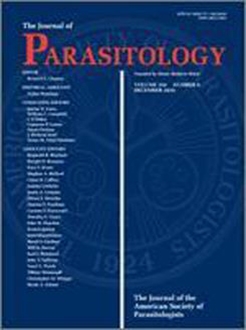Human head lice and body lice (Pediculus humanus) are neglected ectoparasites. Head lice continue to be prevalent in children worldwide, and insecticide resistance in these insects has complicated their treatment. Meanwhile, body lice, which are most common in the developing world, are resurging among marginalized populations in developed nations. Today, the microbiome is being increasingly recognized as a key mediator of insect physiology. However, the microbial communities that inhabit human lice have remained unknown beyond only a few species of bacteria. Knowledge of the microbiomes of head and body lice could improve our understanding of the observed physiological differences between the 2 ecotypes and potentially inform the development of novel interventions against lice infestations and louse-borne infectious diseases. Toward these goals, here we performed 16S rRNA gene amplicon sequencing to characterize the microbiomes of both head and body lice and identify patterns of interest among these communities. Our data reveal that head and body lice harbor limited but distinct communities of bacteria that include known intracellular endosymbionts (“Candidatus Riesia pediculicola”), extracellular bacteria that may be horizontally acquired from the host environment, and a number of taxa of known or potential public health significance. Notably, in body lice, the relative abundance of vertically transmitted endosymbionts is lower than in head lice, which is a significant driver of greater alpha diversity. Further, several differentially abundant non-endosymbiont taxa and differences in beta diversity were observed between head lice and body lice. These findings support the hypothesis that microbiome differences could contribute to the divergence between human louse ecotypes and underscore the need for future studies to better comprehend the acquisition and physiological roles of human lice microbiomes.
How to translate text using browser tools
20 January 2020
Microbiome Differences between Human Head and Body Lice Ecotypes Revealed by 16S rRNA Gene Amplicon Sequencing
Diing D. M. Agany,
Rashaun Potts,
Jose L. Gonzalez Hernandez,
Etienne Z. Gnimpieba,
Jose E. Pietri
ACCESS THE FULL ARTICLE

Journal of Parasitology
Vol. 106 • No. 1
January 2020
Vol. 106 • No. 1
January 2020




